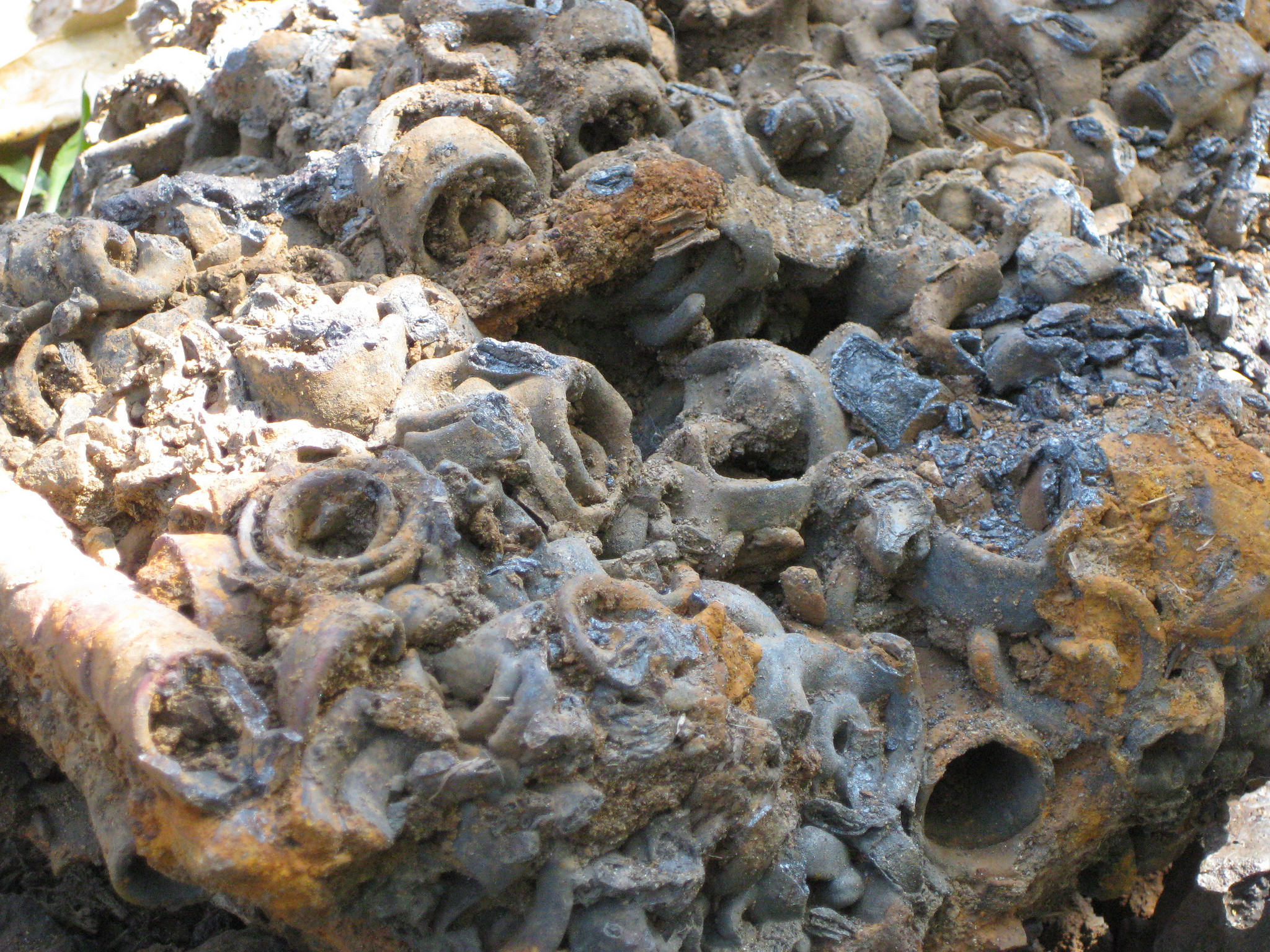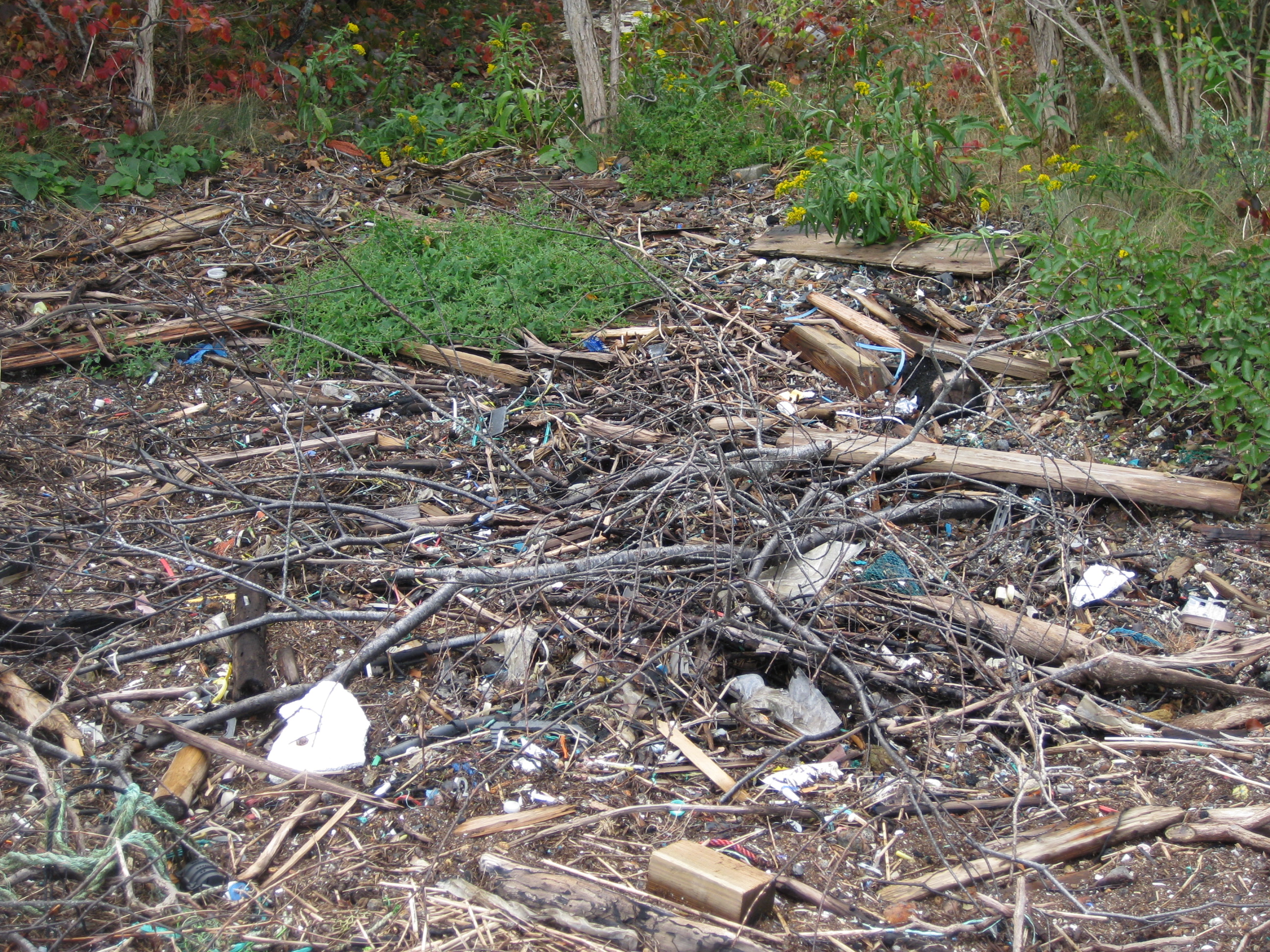Geology of the Anthropocene

I've been making an informal study of how Anthropocenic geological processes- everything from plastiglomerates to weathered pavements - create new biomes, sometimes referred to as anthromes in which distinct processes of botanical succession and faunal colonization occur.
According to Mike Davis in his 2002 Dead Cities: A Natural History:
"Geologists calculate that the fossil energy currently expended in shaping the earth's surface to the needs of an exploding human population of city-dwellers is geomorphologically equivalent–at least in the short run–to the work of the planet's primary tectonic engines: sea-floor spreading and mountain erosion."
The result is that vast areas of the earth's surface are now covered with anthropogenic strata consisting of strange new mineraloids, which, even when we abandon a given locality, have lasting effects on the landscape.
These form the substrate for what are called ruderal or ruin ecologies that grow up in response to the novel thermal, hydrological and chemical conditions created when the built environment starts to decay.
I've been fascinated by how biota interact with these new substances and the habitats they create, such as brownfields, plastic-contaminated littoral zones and abandoned pavements.
Below are some images documenting these processes:
Slide Show:
Williamette River Mineraloid

This specimen was found during the Floating Studio for Dark Ecologies' tour of the Williamette River Superfund site near Portland Oregon. It seems to be composed of a fused mass of metal sheathing from salvaged electrical cables.
Willamette Mineraloid Close Up

A close up of the previous
asphalt strata in Troy NY

This is a stratum of asphalt and bitumen deposited by former industrial activity on the banks of the Hudson River near Troy, NY.
Asphaltic deposit near Troy (detail)

A close up of the previous.
emergent forest

an area of concrete pavement being colonized by trees on a former Superfund site adjacent to the Willamette river in Oregon.
pavement colonized by ruderal plants

This abandoned expanse of pavement is gradually being colonized by ruderal biota. Note how the vegetation is moving in from the edges. The site is an abandoned industrial facility in the vicinity of the Williamette River near Portland, OR.
Cape Cod beach detritus 1

Cape Cod beach detritus 2

Cape Cod beach detritus 3

Cape Cod beach detritus 4

Styrofoam in the Cape Cod intertidal zone

Styrofoam is a common component of shoreline deposits.